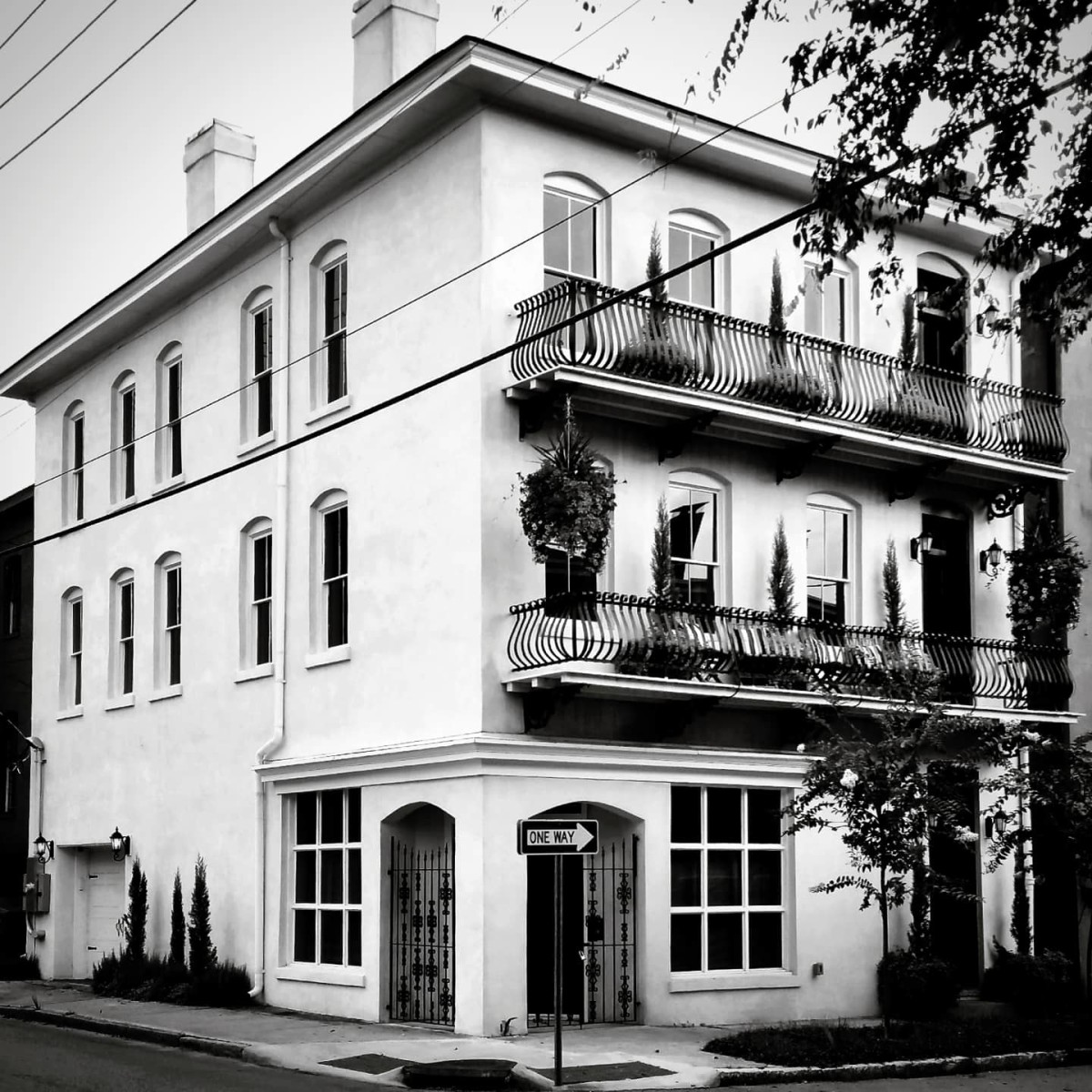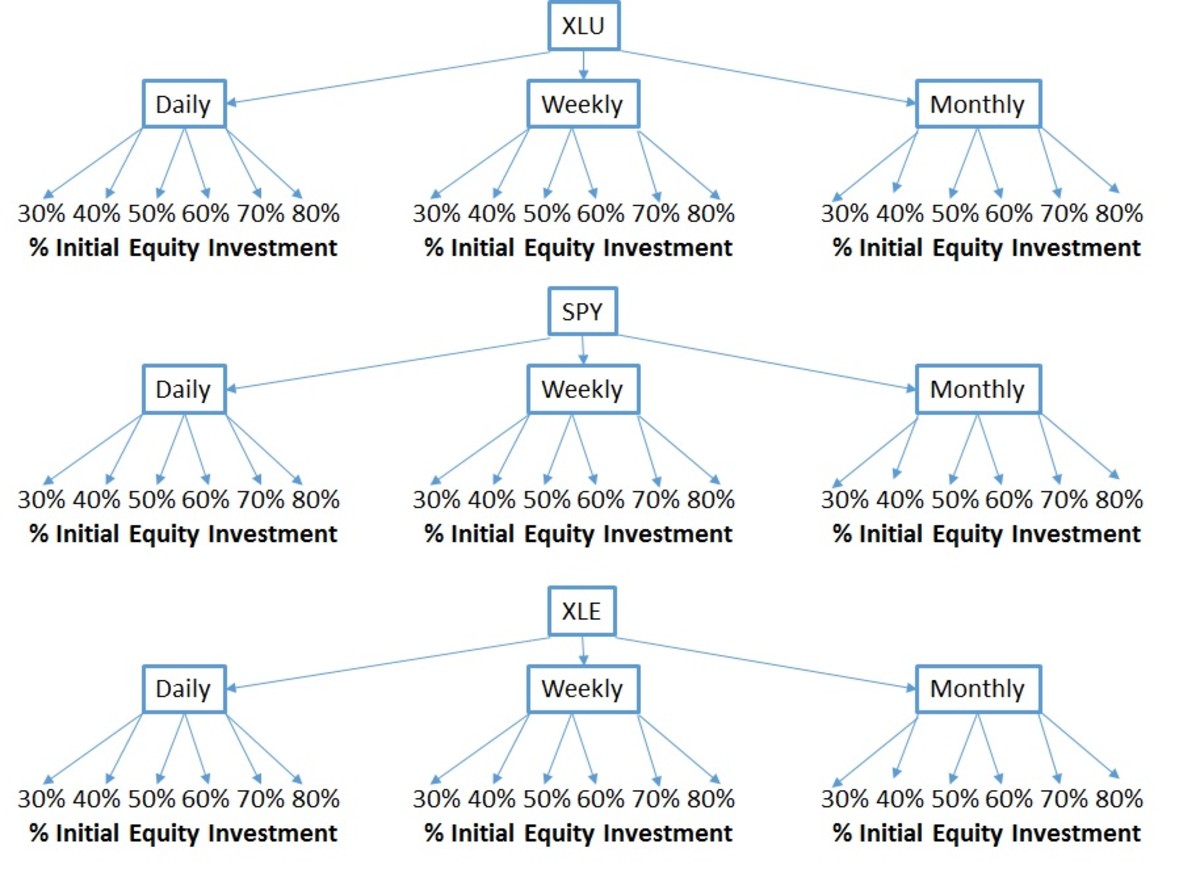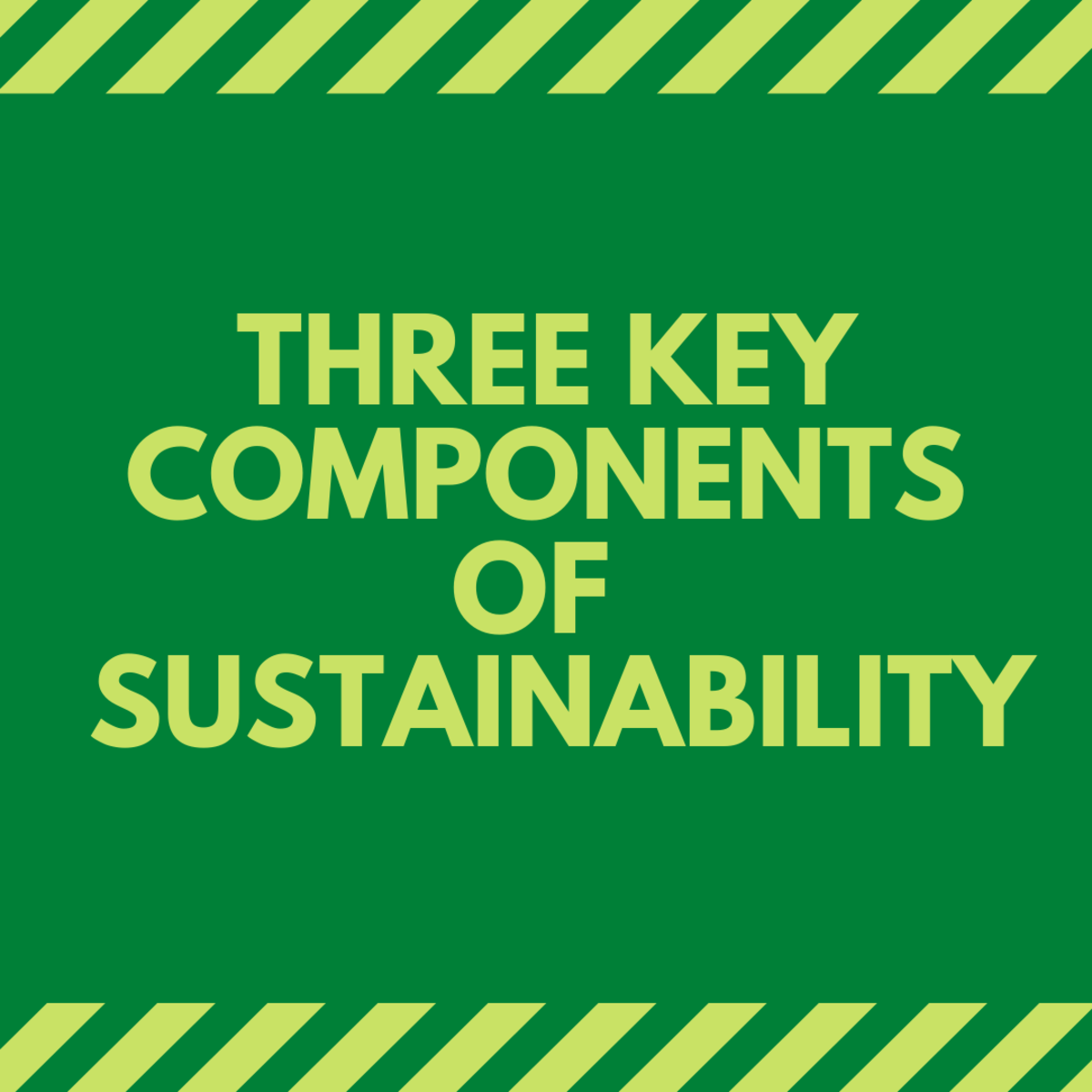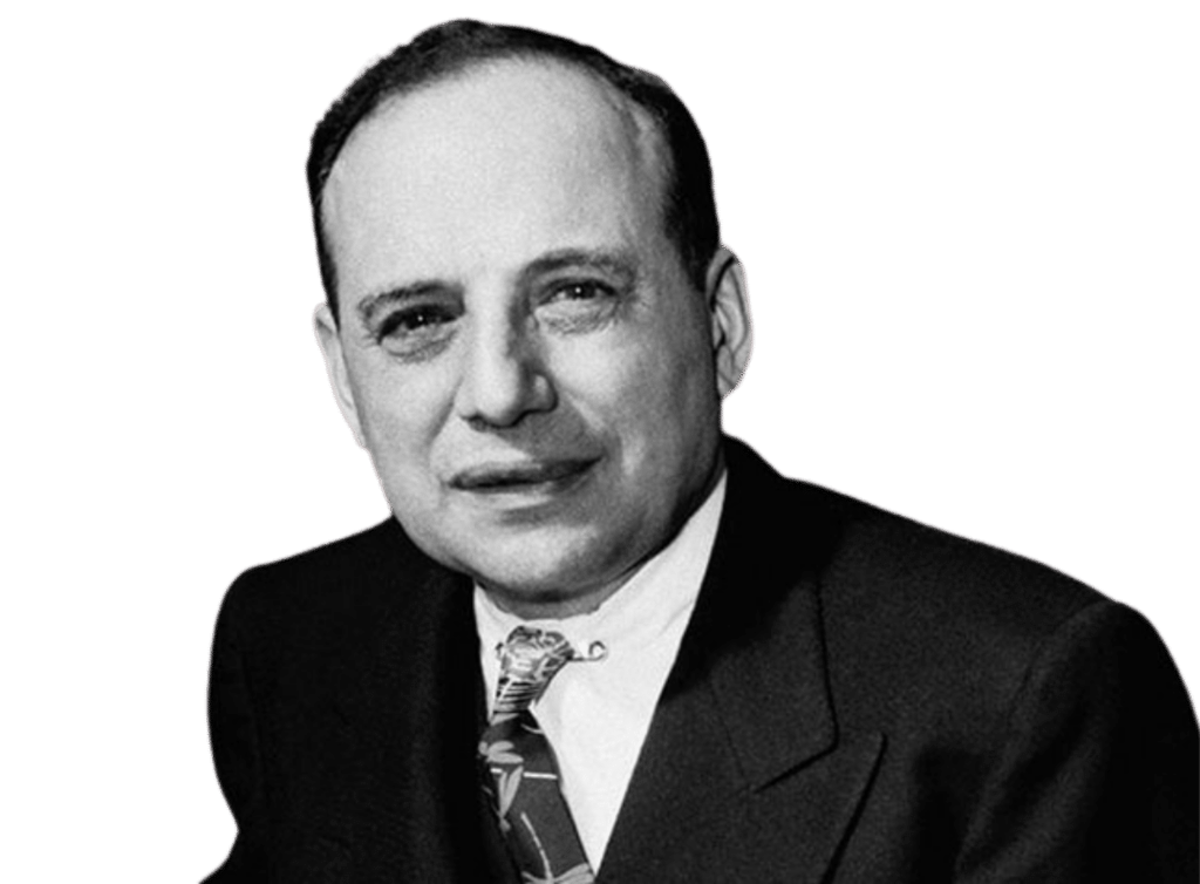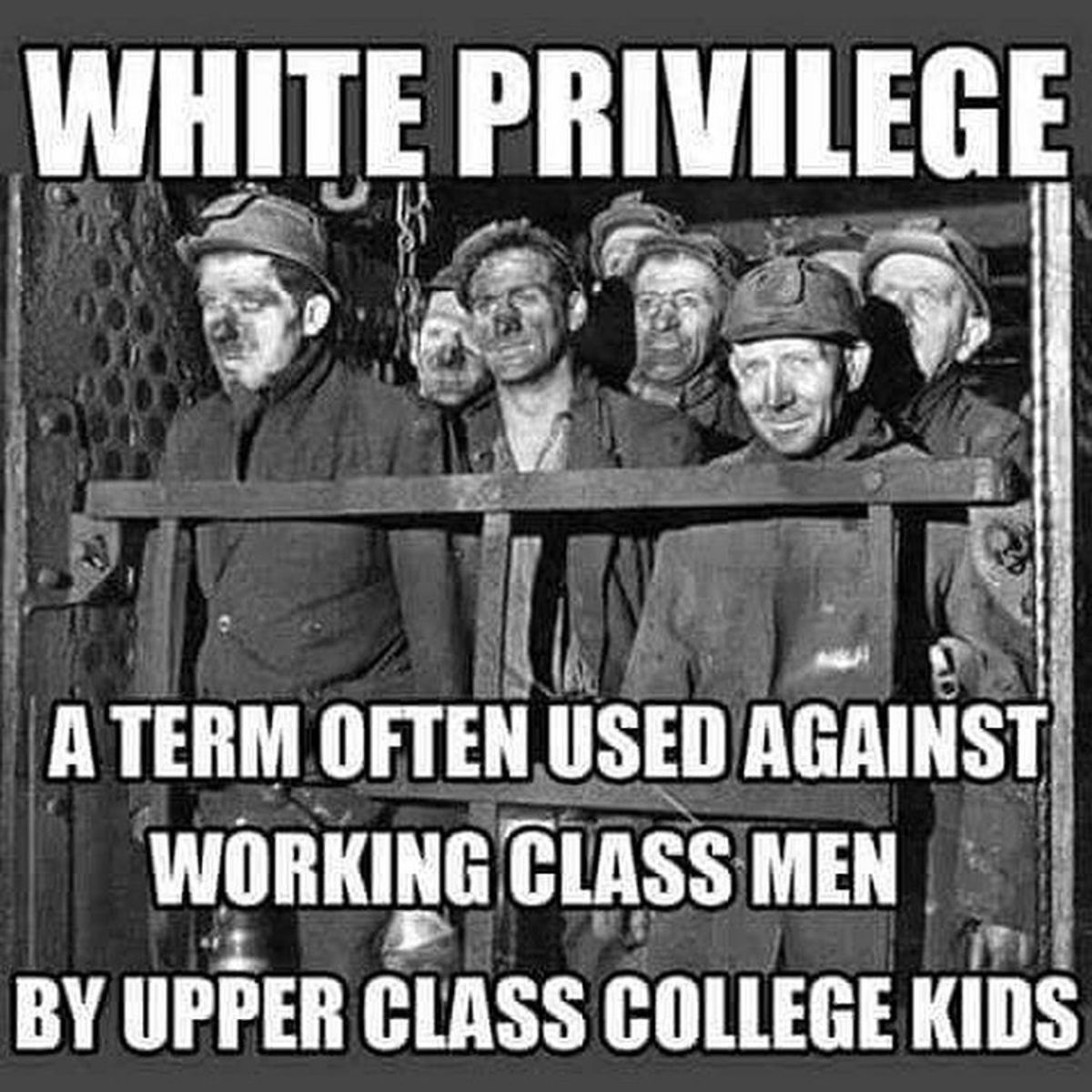Becton Property Group Case Study
Introduction
Becton Property Group is a conglomerate of several other Becton subsidiaries that mainly specializes in the property business. It is currently under receivership, a decision that was implemented in 2013. The receivership was occasioned by the fact that Becton Property Group was not able to repay a bank loan from Goldman Sachs-Fortress Investment Group. The loan totaled to $200 million meant for the restructuring of the firm. However, not all the entities of the subsidiary were placed under receivership, with the Retirement Division (Becton Living) and Becton Constructions (dealing with the residential division) being the exceptions. The receivership was limited in nature, in that it would only affect ownership and control of Becton and not its business operations. KordaMentha, an investment and advisory firm that provides restructuring, real estate services among others, was appointed as the receiver.
The tragic turnaround of the property group from a once profitable firm to one under receivership was a consequence of the global financial crisis. Moreover, there existed a deadlock between the equity and debt holders of the company. It all began in the 2007-2008 financial year when the group reported an 85% drop in post-tax net profits- a sharp contrast from the previous years. The drop was blamed on asset devaluation. This sparked a series of negative aftereffects in the consequent years such us getting delisted from Australia's different stock exchanges and finally culminating in the receivership.
This situation can be partly blamed on Becton Group's ambitious drive to expand its portfolio. The expansion was funded by borrowing from different banks and lending entities, and although it increased the group's assets, it corresponded to an equal increase in liabilities. For example, in the financial year 2006-2007, the group acquired ten properties and an equal number in the following fiscal year. This supposition is assisted by the fact that the group intended to reduce the number of development projects and unsold apartments as indicated in a market update released on 3rd December 2008. It also intended to offload redundancy
Becton Property Group
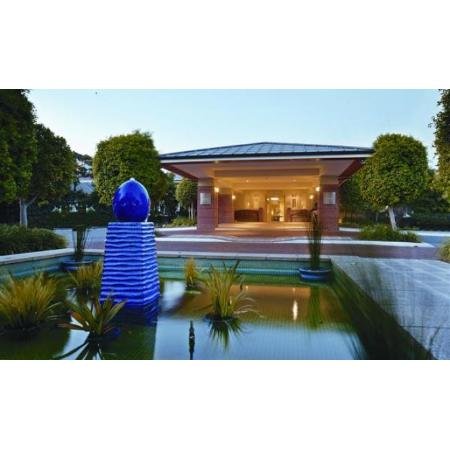
Background Information
Becton Group was founded in 1976 by Max Beck and Michael Buxton and has its headquarters in Melbourne Australia. It was started to develop and construct properties in Australia. It has however evolved over the years through starting several affiliates of the business to increase its scope of operations. In the 1990s, the firm diversified into funds management (under Becton Investment Management), Village retirement ownership and management (under Becton Living), and holiday ownership club. The intended function for the firm was placed under Becton constructions. In 2000, another entity, Becton Developments, was established to raise funds to finance the construction and developments. The funds would be raised from the public mainly through the issuance of shares.
In July 2005, Becton Group and Becton Developments merged forming Becton Property Group Limited. Consequently, Becton Property Group was listed on the Australian Securities Exchange (ASX) on 7th July 2005. The benefits of the merger were cited as enabling the diversification of income earned, providing investment opportunities, integrating and sharing the workload between the entities thereby leveraging the opportunities. Also, the merger would enable the group to earn revenues at different times in the property investment cycle. Over the years that followed, the revamped firm was able to invest successfully. It was able to develop properties and get corresponding profits as a result. For example, the Becton Property Group is famed for the development of the 333 Collins developments in Melbourne Central Business District.
Becton Constructions dealt with the development and construction of residential, retail, commercial, hospitality, learning, and student accommodation structures in various towns and Cities in Australia. Becton Investment Management was, in turn, subdivided into several entities. It managed 21 public and two private investment sub-firms. These sub-firms include Becton Industrial Property Trust, Becton Retail Property Trust, Becton Office Property Trust, Becton Canberra Trust 1 and 2, Newcastle Harbourfront Hotel Trust, Becton Development Income Fund and Private Syndicate. The entities were confined to managing funds for specific operations that include industrial, retail, commercial, and hospitality. Becton Living is involved in the construction of living units specifically for retirees in retirement villages. The first village constructed was the Classic Residences in Brighton in 1999. The last entity, The Becton Holiday Club Ownership, functions by charging members on an advance payment basis after which entitles the member to a limited but longer access to the Group’s resorts and hotels. The limit is capped at 80 years.
The group was successful in the formative years of the merger having a market capitalization of $158.34 million after listing on the ASX and the price per share was $0.50. There was a share price and market capitalization rose to $2.92 and $424.77 million respectively in November 2006. This indicated a constant growth in the profits and that the new products acquired by the company had a positive effect. For example, in 2006, Becton Property Group restructured the company, with the introduction of Becton Property Trust. This restructuring also knew as stapling caused much of the company’s income to be from recurring earnings and not from development earnings. Moreover, it would lead to reduced cost of capital.
In 2007, however, Mr. Max and Mr. Buxton, the founders, retired and sold the company after the first year of stapled restructuring. During the financial year 2007-2008, the Groups shares witnessed the highest per share prices, capping at close to $5 in October 2007. However, the shares slumped afterward, an effect of the global financial crisis at that time to a low of approximately $1.00.
Strategic Decisions
There are various strategic decisions that were made in the run-up to the financial crisis of 2008 in the period beginning 2005 when the company was listed on the stock exchange. Most of the decisions included the purchase of properties in various towns in Australia to increase the company's total assets (DePamphilis 185). The financiers for these expansions were mostly banks. As a result, although the asset base would increase, the liabilities would also increase. For example, in the financial year 2006-2007 and 2007-2008 the asset to liability ratio was 2:1 and 7:5 respectively, representing a sharp increase in borrowing between the two periods.
For the financial year ending 2006, the Group had made several advancements. Becton Constructions completed six development projects in Melbourne while Becton Living acquired a retirement village bringing the number of villages it owned to three. The total liabilities for the year amounted to approximately $432million compared to assets of about $510million thereby bringing the company's equity to approximately $78million. The market capitalization was $424million. Over the financial year ending 2007, Becton Group had made the following developments and acquirement: the Becton Constructions completed several developments in various cities, Becton Investment Management invested in several properties through their purchases. It bought five office buildings in Auckland, Sydney and Melbourne under the office trust and fund, and four properties under the industrial property trust and fund. It only sold one retail building in Queensland. The total assets for this period were approximate $898million compared to $449million in liabilities. The market capitalization for the period was $574million.
Over the financial year ending 2008, Becton purchased nine properties in Queensland, Victoria, Melbourne, Brisbane and Sydney under the Becton Investment Management subsidiary. It also purchased Lachlan Property Group in a deal that brought the funds under its management to over $2billion. The retirement division bought four retirement village development sites, in Victoria, Western Australia, and Melbourne. The purchases caused an increase in liabilities that shot to $1.067billion compared to assets worth $1.509billion. This caused a net equity of $441million. However, due to the financial crisis, the Group's shares had dropped causing the market capitalization to reduce to approximately $238million that was below the net equity of the company.
The financial year ending 2009 saw catastrophic events happening within the Property Group. It was a year that saw the company delisted from the S&P ASX All Australian 200. Moreover, the year saw several institutional investors selling their Becton shares. At the Annual General Meeting on 24th October 2008, it was announced that the liability to asset ratio had neared the peak set by the lenders in the borrowing agreement. The management had been involved in talks that could have seen the Property Group sold as they had engaged in talks with potential purchasers. The management also claimed that the net asset value of the company at the then-current market price was $2.08 per security while the net tangible assets were at $1.70 per security. However, these values later conflicted with those released during the market update of 3rd December which stated that the trading price was $0.20 per share.
To resolve the situation, the management proposed the following courses of action were proposed; it would reduce the numbers of development projects being undertaken and the managed funds. It would also sell unsold apartments to reduce redundancies in the company. Also, the management offered to work on reducing the debt accrued, and the cost of operation. It also intended to simplify the business model by narrowing down the Group’s operations to mainly housing and retirement. It entered into an agreement with Oman Investment Fund to invest and take part in ownership of existing and upcoming retirement villages. The result was a reduction in Becton’s liabilities by $101million. The management secured refinancing for different loan maturities. Despite the management’s efforts, Becton was delisted from the ASX 300 in early 2009. Consequently, the firm ceased offering dividends to shareholders.
For the financial year ending 2009, the Group announced a loss of $304.9million. The number of apartments had been reduced to only four. Through the retirement village investment partner, the construction of the villages continued. The year’s reported assets amounted to $556million while the liabilities amounted to $447million giving an equity of $99million. The market capitalization as at 30th June 2009 was about $30million. For the year ending 2010, there was a little respite, since it had a net profit of $4.1million. There was a total current asset of $412million and a liability of $408million. The market capitalization for the year had reduced to $7.58million.
In the financial year 2010-2011, Becton Property Group sold the funds management subsidiary to simplify its operation. It had a net profit of $4.7million, with the assets standing at $345.52million and the liabilities at $339.8million. The market capitalization rose to $13.27million. In the financial year ending 2012, the company had a net profit of $6.4million. However, due to the downward revaluation of assets and non-operating costs, the firm had a negative statutory profit of $15.37million. The market capitalization was $3.17million.
Through the years, the firm was kept from insolvency through the extension of the debt repaying period. In December 2008, Becton made its first renegotiation with Estate Properties Group resulting in the remaining $53.8million being paid in installments. This came after the management resolved to work closely with the lenders. In April 2010, it negotiated the extension of a $74million debt from 30th April 2010 to May 2010. It also negotiated extensions for three debts from Suncorp Metway totaling $35million from 16th May 2010 to 31st July the same year among others. In June 2010, it negotiated the extension of a $63 million date from 31st May to 30th June 2010. Becton negotiated these extensions in a bid to allow it to settle asset sales and, therefore, get the money to repay the loans. The loans, however, totaled to more than fifteen from different lenders.
One such creditor was Goldman Sachs-Fortress Investment Group (GSFIG) which ordered Becton to return all the money owed to it totaling to $200million. The recall came after Becton was unable to remit at least $95million worth of loaned money it had borrowed from the United States-based investment bank. This led to the company being placed into receivership since it would not be able to sustain itself fully financially without taking more loans and credits. Becton Property Group was therefore placed under receivership on 26th February 2013, and after that delisted from the Australian Stock Exchange on 30th August the same year.
The receivership led to a chain of events which the receiver, KordaMentha, believes would start with the major investors such Mariner Corporation, Titanium Property Investment and Telopea Capital Partners selling off their investments in the firm. This was best exemplified by Telopea removing its director from Becton’s board on claims that the investor had lost confidence in having the ability to turn the Becton around and consequently grow it. The receiver also placed strict regulations on the investors one of which stated that the investors, who intended to fight for control of the company, would not fund general meetings or legal fights between the shareholders. Despite the receivership, Becton still owned some lucrative developments such as a $414million mixed-use project and a $665million urban restructuring project in Sydney.
As mentioned earlier, the ultimate predicament Becton Group experienced was as a result of over-ambitious in expanding the company, poor planning and the unavoidable external factor- the global crisis of 2008. It is also worth noting that the effect of the borrowing would have been mitigated by slashing the spending thereby reducing the need for money. Moreover, other avenues for collecting funds would have been devised. They could include such as the selling of more shares in the company or the selling of the then valuable developments the company had in its possession.
Comparison of Decisions
Aveo Group Australia was founded in 1987 as Forrester Parker Group Limited. It has received various name changes. In 1998, its name was changed to Forrester Kurts Properties Limited, but this was changed in 2002 when it was renamed FKP Limited. In 2004, the company was renamed again to FKP Property Group and in 2013 it was renamed again to the current name Aveo Group. In 1987, Forrester Parker Group had been formed as a result of a merger between Peter Kurts Properties and Forrester Parker Group. The former was formed in 1970 while the latter came into existence in 1979. The newly formed Forrester Parker Group Limited was listed on the Australian Stock Exchange in 1993.
Over the 28 years, the company has been in existence; it has mainly dealt in construction, development and management of retirement homes and villages. It is however composed of a Retirement arm and a Non-retirement arm. The retirement arm (Aveo Retirement Living) of the company deals with the development and operation of retirement villages while the non-retirement arm deals with the development and construction of residential, commercial and rental properties. The developed properties are either sold or held to provide rental income. The company keeps retirement villages for rental income. As a result, Aveo Group owns close to 75 villages and four aged care facilities spread across cities and towns in Australia. Towns such as Queensland, New South Wales, Victoria, South Australia and Tasmania.
Aveo Group Limited has its main headquarters in Sydney. It has other 74 branches located all over Australia. The company’s long history implies that the company has been in existence for 16 years longer than the average organization in Australia. It is six years older than Becton Property Group Limited. The company has annual revenue of $229million on average, and this makes it one of the largest companies in the country.
Aveo prides itself in offering low maintenance, secure and flexible house options for those in retirement or those intending to retire. The Aveo villages feature modern and well-appointed homes that are suited for a wide variety of retirees’ requirements and budgetary abilities. In the construction of retirement villages, Aveo Group's portfolio is similar to that once held by Becton in its lucrative years. Since 2005, Aveo, like Becton made several strategic decisions that are discussed below.
In the financial year 2004-2005, the then FKP Property Group made a net profit of $54.9million. This represented a 50% increase from the previous year. Various factors promoted the occurrence of profits in the company. They include the restructuring of the company leading to the formation of four main departments. These included the Retirement Investment Division, Property Investment and Funds Management Division, Land Division and the Development Division (Oddy 37).
Due to the narrowed focus of the entities, they were able to each form strategies that led to the ultimate growth in profits. For example, the retirement division increased the number of units in its portfolio. The property investment fund acquired three office blocks and two retail assets while the land division sold prime plots of land in different towns in the country. The year also saw the FKP group acquiring a 49.9% stake in Norwest Limited. This would enable the company to expand its reach to other previously unreached areas. The company was kept afloat by the steady income from its different entities in a period where similar companies struggled in the country.
In the year ending 2006, the company had an asset base of $2.259billion and a total debt of $497.2million. The profits the company made in the year were $141million. Over the period, the company had made borrowings worth $630million. Of this, it utilized only $517million. The loans were from the company's property fund and also from investment banks. The company entered into a joint venture with Macquirie Bank. The venture was known as Retirement Village Group, and it made acquisitions in different parts of Australia and New Zealand. This had a hand in the expansion of the conglomerate. The Retirements Investment Division acquired the National Retirements Company. This added 14 retirement villages to its portfolio. It also endeavored to develop its new villages which composed of 5300 units spread across 42 separate villages.
The company also had several land banks in its possession which would prevent the need for buying land for the development of housing units. In the years before 2005, the company mainly relied on the sales of residential houses, and if this sector were to be affected, the company would suffer greatly. As a result, it was resolved that the company should diversify its operations. This was clearly exemplified in 2006 when the earnings of the Lands Division that mainly deals with the development of residential units fell but the company was still able to operate effectively. It also embarked on buying Wilbow Corporation thereby adding to its possession 14 land projects that were later developed into prime communities. The land division also embarked on the development of 1700 housing units in the Sunshine Coast, a project bordering a previously completed and successful development, the Peregian Springs. This took place in a background knowledge that many people were migrating to the Sunshine Coast.
In the year ending 2007, the net profit of the company grew by 38% to $198.8million while the operating earnings were $134.9million. FKP continued with its vigorous expansion plan by buying out Cbus portfolio of villages in Sydney through the Retirement Division, thereby bringing the total number of units under it to over 6100. The asset base for this division grew to $1.5billion due to the location of the Cbus units in a metropolitan market. The group also finalized buying out Mulpha Norwest. The firm that opened the company's operations to a new market in China was famed for the prime properties in its possession such as the world class Norwest Park. The Group also encouraged an integrated business model between its entities. This is best exemplified in the collaboration between the Development Division and the FKP Core Plus to undertake three development projects. However, no profits were obtained from internal sales.
The acquisitions made by the Group were supplementary in nature. For example, RVG purchased four villages in Sydney adding to the number bought through the acquisition of Cbus and the company's developments. As a result, RVG added approximately $26.2million to the operating earnings of the company (Gaughan 122). The company had assets worth $3.5billion and a total debt of $932.8million.
In the financial year 2007-2008, the company had a net profit amounting to $150.2million despite the difficult market conditions occasioned by the global crisis of 2008 (Thangaraj and Khaun16).The profits were as a result of the growth of the Funds Management Business and the Retirement Division. The Development Division started the construction of SL8 apartments that had been pre-sold before the construction. It also started the construction of a pre-leased commercial development, the Energex development. In that year, the Retirement Division was renamed Aveo Live Well. The company had a market capitalization of $1.3billion, a significant drop from that of the previous financial year of $1.904billion. It also had a debt totaling $1.23billion and assets worth $4.098billion.
In the 2008-2009 financial year, the company made profits worth $78.6million having gone down by 48 percent because of the global financial crisis and difficult market conditions. The year saw the FKP group cease development until they obtained funding. It also resolved to recycle capital through using recurring earnings and lay off several workers. This ensured that the company had little liabilities regarding accrued debt. The company also endeavored to adopt the pre-selling model of developing projects thus ensuring that there was enough capital before a project started. The year saw the selling of the Transport Accident Commission’s headquarters and the Energex Building.
In the financial year ending 2010, the company made profits amounting to $108.6million. The company resolved to reduce its debt by 31 percent to $792million by completing a loan repayment of $324million it previously had. It also ensured that it had strong relations with its investment partners and that all its banking covenants had been met. In the next financial year, FKP mad profits worth $121million. The company also made several adjustments to its liabilities by taking up two loan facilities. In its borrowing, the company ensured that it had stable debt levels well below the limit set by the covenants with the banks. Retirement Living continued to be its largest profit contributor and also provided the largest percentage of the recurring income. It did this by maintaining high levels of quality.
In the financial year ending July 2012, the company made underlying profits amounting to $94.7million. It, however, made statutory losses amounting to $350.3million. Over the year, it resolved to reduce the total debt from $938million to $738million. The company did this through divesting non-core assets such as the Peregian Springs Shopping Centre and Browns Plains Bulky Goods Centre. The company also resolved to control fully joint ventures such as the Retirement Villages Group because the retirement portfolio was its most profitable entity.
In the financial year ending 2013, the company made an underlying profit of $39.2million. It made a statutory loss of $166.5million which it attributed to the restructuring of the group to focus mainly on the retirement sector. In so doing, the company resolved to sell off non-retirement assets in the form of non-developed components of the land in its possession. Due to the retirement entity being the Group's most profitable entity, solely focusing on it would translate to superior returns. The outlook the company had been that the proportion of the population in the country aged above 70 years would increase from the then 9% to 16% in 2014. As a result, the company was renamed to Aveo Group.
Assessment of Decisions
Over the years, the now renamed FKP Group's success was built on carefully selecting strategic development sites and committing to creating strong and quality integrated communities. These made the Group, Australia's leading retirement group. Through strategic restructuring, the company was able to have an integrated model of business whereby the entities of the Group were able to coordinate and cost share. This ensured that if an entity did not perform well, the losses made in that entity would not affect the other entities since the loss made would be cushioned. It also ensured that although it had borrowings, the debt levels were sustainable as per the contracts with the lenders. It also strived to reduce the debt levels. For example, the total debt for 2013, 2014 and 2015 were 1.933billion, 1.603billion and 1.650billion AUD. The company did this by ensuring that its different entities provided enough recurring income to provide the capital. The retirement division was the highest producer of recurring income.
As a result, the company resolved to focus mainly on providing retirement services. This strategic move was beneficial. In instances when the company required several developments, the loan facilities would only be focused on only one profitable entity that over the years produced large profit margins. This implied that the company would always be in a position to repay the loan. In the previous business model, the other entities’ profits were not always guaranteed.
This is a sharp contrast from Becton Group, which in the run-up to receivership, not only added to its already ballooning borrowing amount but also sought extensions to have the repayment periods extended. Moreover, the company always made decisions that could not be categorized as strategic. This is exemplified by the company increasing one of its loans from $55million to $160million, to finance one of its development projects at Waterloo in 2010. Moreover, in the financial year ending 2012, Becton Group extended 3 of its loan facilities. The company always resolved to buy new properties through money obtained from borrowings. In contrast, Aveo Group generated its capital from recurring income making bank loans only come up as a last resort.
In 2008, following the losses Becton had incurred during that financial year, the company noted that its loan to value ratio had increased a level that neared a breach of the contract with lending entities. This differs from the Aveo Group mode of operations which ensured that its debt levels were within the range agreed to with the lenders. These high borrowing levels meant that Becton Property Group constantly increased its liabilities even though its asset base would also increase. This is best exemplified in 2011, when the company had a negative asset situation, with a net profit of $6.4million notwithstanding- it had liabilities that had surpassed the asset value.
Also, the integrated entities at Becton Group were not as profitable as the staple model of business at Aveo. During the financial crisis of 2008, Aveo, which had the same job description as Becton Group, was able to make profits while Becton Group made losses. This is because Aveo had superior strategies than Becton Group as discussed above- the decisions in Aveo Group were strategic while most of the decisions made at Becton Group were reactive.
Conclusion
It is imperative for firms and companies always to strive to make strategic decisions rather than reactive market decisions. Aveo is a great example of a company that over the years has strived to make suchlike decisions. It has therefore grown to become the leading retirement housing provider in the country. The once lucrative Becton Group, which had the same resources as Aveo

